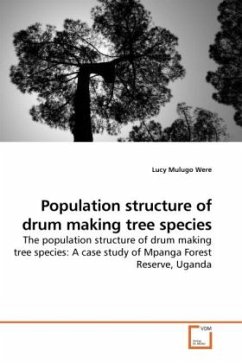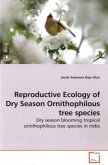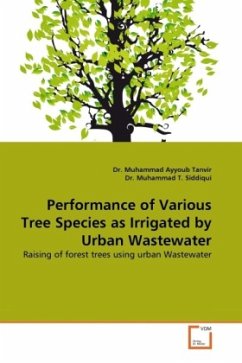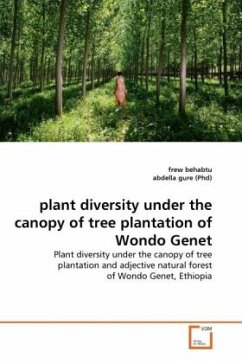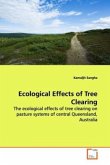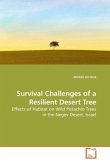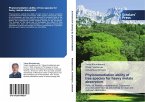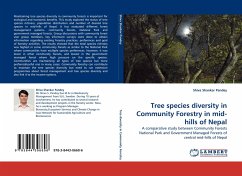This study was carried out in Mpanga Forest, Uganda. The objective was to assess the population structure of prime, secondary and tertiary drum making tree species in moderately and severely harvested areas. Data was analysed to indicate species abundance, population structure and size class distribution of drum making species in the two areas. There was a significant difference in population structures of prime species in moderately and severely harvested areas. The population structure and abundance of prime drum making species showed poor regeneration indicating that prime species cannot sustain drum making in the long term. The population structure and relative abundance of tertiary species showed fair regeneration, providing an alternative for use in drum making. Heavy forest disturbance by uncontrolled harvesting of prime drum making tree species led to the destruction of both mature and young trees and altered environmental conditions that affected tree regeneration of prime species. The harvesting of prime species should be restricted so as to protect the few remaining mature trees as seed sources.
Bitte wählen Sie Ihr Anliegen aus.
Rechnungen
Retourenschein anfordern
Bestellstatus
Storno

